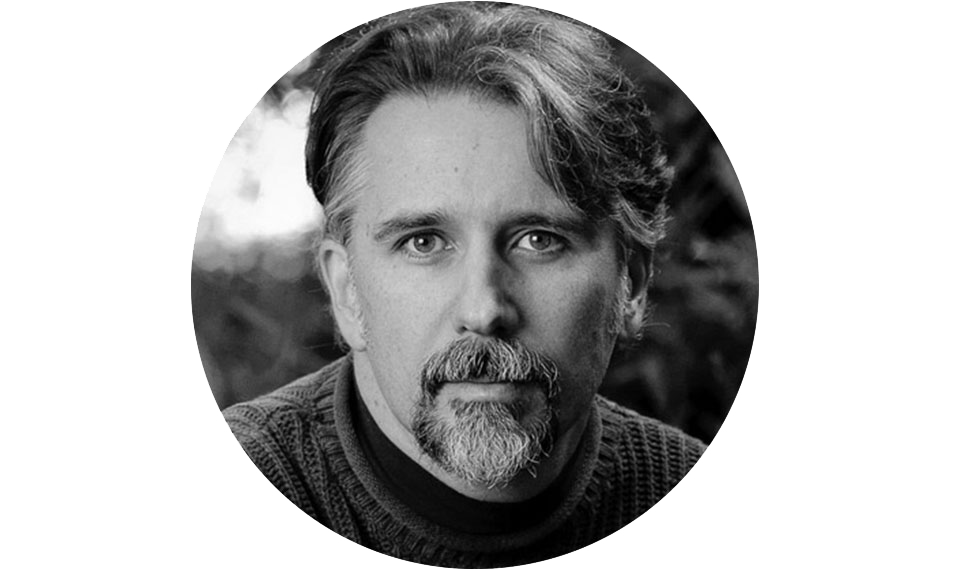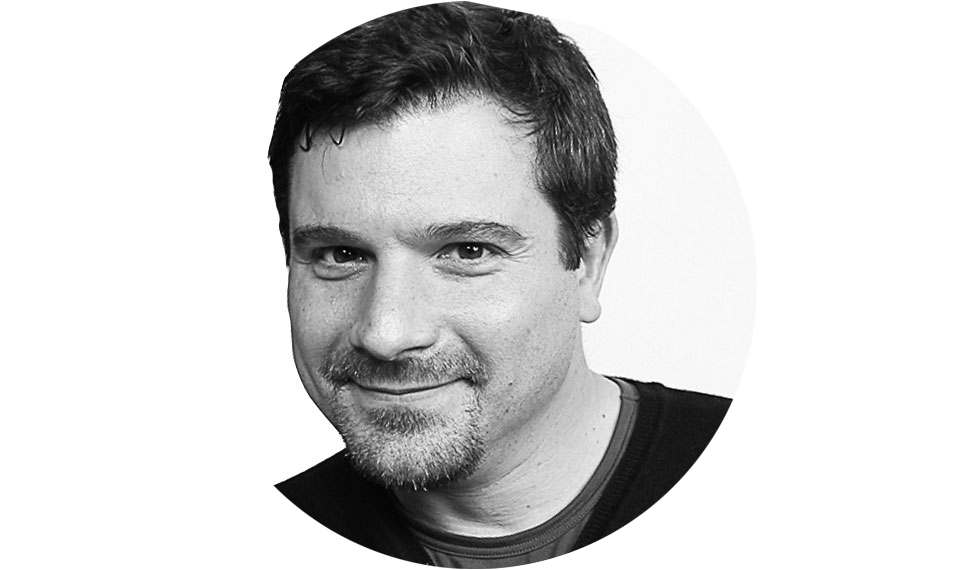Faroe Islands
The Faroe Islands is an archipelago made up of 18 rugged, isolated volcanic islands located about halfway between Scotland and Iceland. Despite the northern latitude, the climate is surprisingly mild. We’ll take advantage of the influence of the gulf stream as we explore as this strikingly beautiful region of Scandanavia.
TOUR Details
October 9-18, 2022 — Completed
This is a 9-night, 10-day tour. Your adventure begins with an overnight flight on Saturday, October 8, and ends in time for your afternoon flight home on Tuesday, October 18.
$7,395 + applicable taxes. Register below.
Skill level
Open to all who have an understanding of the basic principles of photography and of their cameras.
Group size
10, with 2 instructors — 5:1 ratio
Tour Leaders
Registration
This event has passed. Thanks for your interest!
| • Deposit of $1,995 is required to reserve your spot on the tour. |
| • Balance of $6,000 is due on July 10, 2022. —> Pay balance here. |
| • You may choose the “Pay in Full” ticket if you desire to pay all at once. |
| • Last day for a cancellation request is July 9, 2022 (see cancellation and refund policy). |
| • The workshop fee does not include airfare or transportation between the airport and Hotel Hafnia. TK |
| • The workshop does include meals and accommodations in the Faroe Islands, beginning with dinner on the July 9 and ending with breakfast on the July 18. |
The Faroe Islands Experience
This photography tour will feature long days and nights with intense periods of photography and exploration. It’s not a workshop—there will be no formal classroom instruction or lectures. Our main focus will be to photograph through all the days and nights.
You’ll be able to participate in as many or few of our activities as you like, but we hope that you’ll be up for the more active and physical nature of this adventure. We won’t just be hiking for the sake of hiking, but rather to get to the best vantage points to photograph these beautiful islands. And we will be hiking––along the clifftops, up the hills and along the rocky beaches.
This is not to say that it won’t be a learning experience, but the first and foremost goal of this trip is to provide you with a safe, comfortable and organized opportunity to create images of this unique territory. You’ll be working closely with people of varying levels of photographic experience, and we’ll all learn from one another while making friends along the way.
The trip is suited for people of all photographic levels, and the leaders will provide instruction on night and low-light photography techniques in the field, and will share some articles in advance of the trip to get you started. We will be available to work with you one-on-one in the field, offering as much or as little creative and technical advice as you want.
Aside from the dramatic scenery, wildlife photographers will delight, particularly with the millions of seabirds that inhabit the 300- to 700-foot cliffs above the North Sea. There is a decent chance we’ll see the aurora borealis, and if it’s forecast then we’ll plan to be in a good location to photograph it.
What You Should Know
Participants must have at least basic photo skills, know their cameras well, and be comfortable shooting RAW in manual mode with a DSLR or high-end mirrorless camera.
Night photography experience is not necessary, but is helpful. You’ll put all of your skills to work and pick up some new ones during this adventure. We advise leaving your laptop behind, as this is entirely a field-based shooting trip. Lance and Tim will be available for tips and guidance as much or as little as you like.
If you would like to attend this workshop but are unsure whether you have adequate night photography skills, we can offer pre-workshop tutoring to get you ready for your adventure with us. Alternatively or additionally, a few of us have written books that may be productive pre-workshop reads.
What You Will Learn
We hope to push you to step outside your comfort zone—to test the limits of what you and your camera can do. You’ll go home after the tour with a solid grasp of how to take advantage of whatever conditions we encounter. We believe that there’s always a photograph to be made if you’re willing to look for it.
TOPICS COVERED WILL INCLUDE:
day and nighttime landscape photography in various conditions
photographing the aurora borealis
bird photography
daytime long exposures with neutral density filters
and more …
This is a photo tour and not a workshop. There will be no classroom instruction, lectures or image reviews. It’s an outdoor experience with lots and lots of shooting. Each participant will have the opportunity to work one-on-one with Lance and Tim in the field.
We do not tell our attendees what to photograph, and won’t line you up in a row to all shoot the same thing (unless it’s helpful to get some people on track). Instead, we encourage you to use what you have learned to create your own unique images, and to let us guide you through the process should you desire. We do not teach you to do what we do, but rather how to develop your own vision.
Night Conditions
Logistics & General Info
Travel
Your adventure begins with an overnight flight on October 8 into Vágar Airport (FAE), most likely connecting through Copenhagen (CPH). The tour officially begins with the 1:40 p.m. arrival on the October 9.
We recommend arriving on Atlantic Airways flight RC453 that gets in at 1:40 p.m. on the October 9, or arriving the evening before at 7:50 p.m. (on flight RC459) to have a chance to rest up before we begin. You should depart on the 3 p.m. flight on the October 18 (RC456) or on the 8:20 a.m. flight on the October 19 (RC450).
We will pick up those arriving at 1:40 p.m. on the 9th at the airport, and we will transport anyone departing on those two flights to the airport at the end of the tour.
If you arrive on the 8th or depart on the early flight on the 18th, then you'll need to organize your own transportation from/to the airport, which can be arranged at the airport or hotel. The cost of the hotel on the nights of the 8th or 18th is not included, but we can arrange it for you.
You are responsible for arranging and paying for your own air transportation to the Faroe Islands.
Lodging & Food
We will spend the nights of October 9 through 17 at the Hotel Hafnia in the capital city of Tórshavn. This comfortable hotel is located in the center of town, and will be our base for the duration of the tour.
The islands are connected by a series of undersea tunnels and ferries, and we will be able to experience at least six of the islands. Most of our dinners will be taken in Tórshavn, with lunches in the field during our explorations. Lunches and dinners are not included, and you’ll be able to dine as richly or modestly as you like. Seafood and lamb feature heavily in Faroese cuisine, but there are also burger and pizza joints for more casual fare.
Weather
Expect daytime highs in the 40s to around 50 F, and lows in the upper 30s. In October, the weather patterns begin to shift and become a bit less settled. This can bring some rain, but rarely storms. (Winter storms don’t usually arrive until late November.) With the shifting weather comes the beautiful light that photographers crave. We’ll also have a good chance to experience the northern lights.
Exertion Level
The exertion level of this workshop is Moderate to Active. (See more about our classifications.)
Vigorous activity is not required during the workshop, but this is an active trip with daily hikes that we hope you’ll take part in. You’ll get more out of it if you are in shape and well-equipped for the weather.
Note: To ensure the safety of individuals and the group, the workshop leaders may use their discretion to limit an attendee from engaging in a vigorous activity on-site should that person’s physical health or ability be in question. If you are unsure about your ability to meet the physical demands of this workshop, we will be happy to discuss your concerns one-on-one before you register. You are also, of course, welcome to attend a workshop and sit out any physical activity that makes you uncomfortable. In such cases, we can provide you with ideas for alternative shoot locations for that time.
Additional Information
Please read our FAQs section for more information about skill and gear requirements, and other information that pertains to all our workshops.
If you have questions, please contact us—we're happy to talk it over with you.
North Sea Adventures, Continued ...
“Faroe? Well, it’s its own people, its own culture. It’s exotic, small, remote.”
Someone recently asked me why I’m always traveling to cold climates, and I didn’t really have a good answer. There’s just something about the North Atlantic that speaks to me. The green of the sea, the crisp air, the light, the land, the people. There is an undeniable and inexplicable pull that keeps taking me back to explore the region.
I’ve been to Iceland about a dozen times since 2012, and look forward to exploring the interior and far eastern parts of the country someday. Orkney won me over on my first short visit in 1995, and Shetland in 2005. Faroe is a place that’s been on my radar for a while. And not just mine. It’s become popular enough to visit that the tiny island nation has dramatically expanded its infrastructure in recent years to cope with the influx of tourists.
But Faroe is more than just another tick off the bucket list.
The volcanic landscape of Iceland and the unique culture make that country an easy place to love. Shetland is mostly Norse, with some Celtic flair. Orkney is Cosmopolitan, ancient and modern at the same time.
And Faroe? Well, it’s its own people, its own culture. It’s Danish. Plus it has a landscape that is both Icelandic and Shetland-ish, and a climate that is definitely more Shetland than Iceland. It’s exotic, small, remote—and in many ways, it’s the new Iceland.
This is a trip that fulfills part of my desire to be more active and on more challenging adventures, while spending more time in nature. It’s not a trip for the armchair traveler. It’s one for those of us who refuse to grow old before our time. It’s one for those who ask, “Why not?” instead of, “Why?”






























